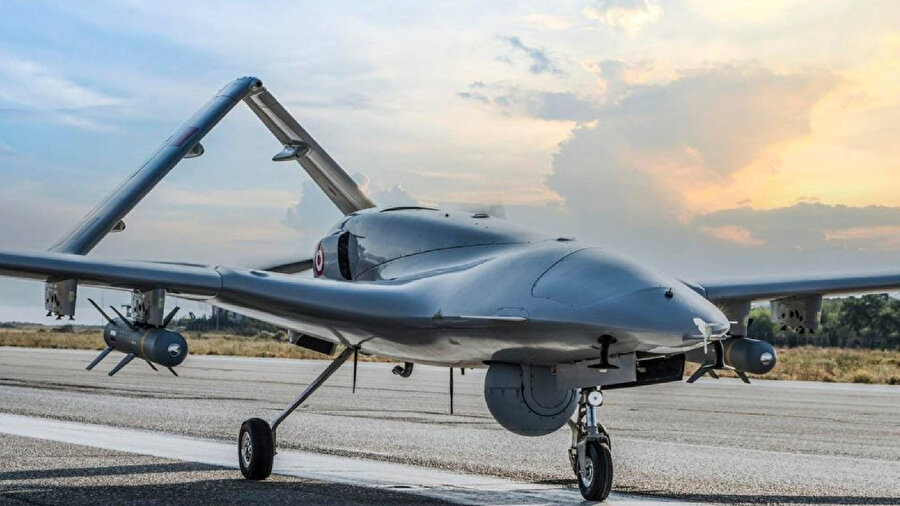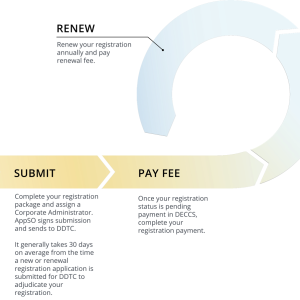Japan evaluates Bayraktar TB2 as part of a wider push to field affordable and proven unmanned systems. During an official visit to Ankara and İstanbul, Defence Minister Gen Nakatani confirmed interest in Turkish drones. He toured industry sites and held talks focused on equipment cooperation, testing, and possible procurement paths.
Why Tokyo is looking at TB2, now
Tokyo aims to expand unmanned capabilities by the mid-2027 timeframe. The plan stresses persistent ISR, rapid targeting, and lower risk to crews. In this context, Japan evaluates Bayraktar TB2 because it offers a combat-tested, high-availability platform at modest cost. It can support coastal defence, archipelagic surveillance, and rapid battle damage assessment.
Moreover, the TB2 fits a layered approach. It complements maritime patrol aircraft, coastal missile units, and surface forces. With the right payloads and datalinks, it can cue shooters, confirm strikes, and extend the sensor net across long sea lanes.
Ukraine lessons, Indo-Pacific realities
Japan evaluates Bayraktar TB2 with Ukraine in mind, yet it does not copy that playbook. The Western Pacific features denser air defences and heavy electronic warfare. Even so, a TB2-class system can still create value. It can flood the zone with ISR, act as a decoy, and free exquisite assets for high-risk missions. Tactics must emphasise dispersion, emissions control, and combined arms.
Additionally, low unit cost matters. It enables training scale, faster crew proficiency, and frequent live trials. These advantages help Japan iterate doctrine while indigenous programmes mature.

Industry track: ATLA–SSB working groups
The visit produced a clear signal on industrial ties. Japan’s Acquisition, Technology & Logistics Agency (ATLA) and Türkiye’s Defence Industry Agency (SSB) will deepen consultations at working level. The agenda likely covers trial design, secure data sharing, and limited customisation. Local sustainment and training packages would be part of any realistic path.
For Türkiye, interest from Japan reinforces export credibility. It aligns with the broader strategy that SAHA İstanbul champions. The cluster now represents 1,300 members from 49 cities, including 29 universities. That scale supports rapid iteration, supply-chain resilience, and integration with foreign user needs.
Controls, compliance, and tech protection
Export controls will shape the art of the possible. Japan has eased some rules to grow its defence base, yet it still guards sensitive technology. Türkiye, meanwhile, has diversified components and improved export compliance. Therefore, both sides must resolve ITAR touchpoints, crypto standards, and information assurance requirements before trials advance.
Capability fit: where TB2 detaches add value
Consider the Nansei chain. A TB2 detachment can run persistent maritime patrols, hand off targets to coastal missile units, and support over-the-horizon cueing for surface forces. With SATCOM options, it can push beyond line-of-sight and maintain links under jamming. If integrated well, it shortens kill chains and increases the tempo of operations.
Furthermore, TB2 payload modularity helps. Electro-optical sensors aid identification. Laser designators support precision munitions. Electronic support payloads can map emitters or verify effects. Each mission set strengthens deterrence at relatively low marginal cost.
Interoperability questions to test early
Integration will decide real value. Gateways must protect data while connecting to Japanese C2 systems. Datalinks require hardening and spectrum discipline. Training pipelines need joint standards and safety cases. Early red-team events should probe cyber, EW, and GPS-denied scenarios.
Strategic signalling and alliance geometry
The timing is notable. As Euro-Atlantic and Indo-Pacific theatres converge, Japan evaluates Bayraktar TB2 to diversify its options. A formal evaluation—even without a near-term contract—signals pragmatic sourcing and deeper ties with a NATO ally. It also complements Japan’s investments in Aegis-equipped vessels, OPVs, and unmanned surface craft.
For Türkiye, the interest highlights the country’s evolution from component supplier to systems integrator. It also underscores the diplomatic leverage of proven unmanned systems. Consequently, future cooperation could extend to sensors, datalinks, and maritime payloads that serve both partners.
Risk matrix
EW survivability: The Western Pacific’s spectrum is crowded and contested. TB2 tactics must exploit numbers, decoys, and low signatures.
Information assurance: Interoperability should never weaken security. Validated gateways and crypto hygiene remain non-negotiable.
Politics and optics: Localisation, offsets, and third-party tech sensitivities will need careful choreography. Transparent messaging will help.
Milestones to watch next
Near term: Formal site reports from visits to Baykar, TUSAŞ, and naval yards. A working-level ATLA–SSB plan for structured trials. Clear rules for data handling.
Midterm: Evaluation events aligned to FY2025–FY2027 budgets. Focus on C2 integration, maritime payloads, and emissions control in EW-heavy environments.
Long term: A decision on limited acquisition, training and sustainment constructs, and possible co-development of mission systems. Japan evaluates Bayraktar TB2 within this phased pathway, not as a one-off decision.
Japan evaluates Bayraktar TB2 because it offers speed to capability, broad mission utility, and manageable cost. If trials proceed, the system could help Japan build mass, refine doctrine, and strengthen deterrence—while opening a new chapter in Türkiye–Japan defence industry ties.
Internal link: For regional unmanned trends, see our analysis of naval drones: Azerbaijan unveils the ‘Salvo’ USV.
External links (primary sources): Japan MoD readout of the ministerial meeting; Reuters coverage of the visit and drone focus.







